A Chemist Turned Community Builder
Dr. Ticora V. Jones, the new head of NRDC’s Science Office, seeks to deepen the role of science across the organization and beyond.
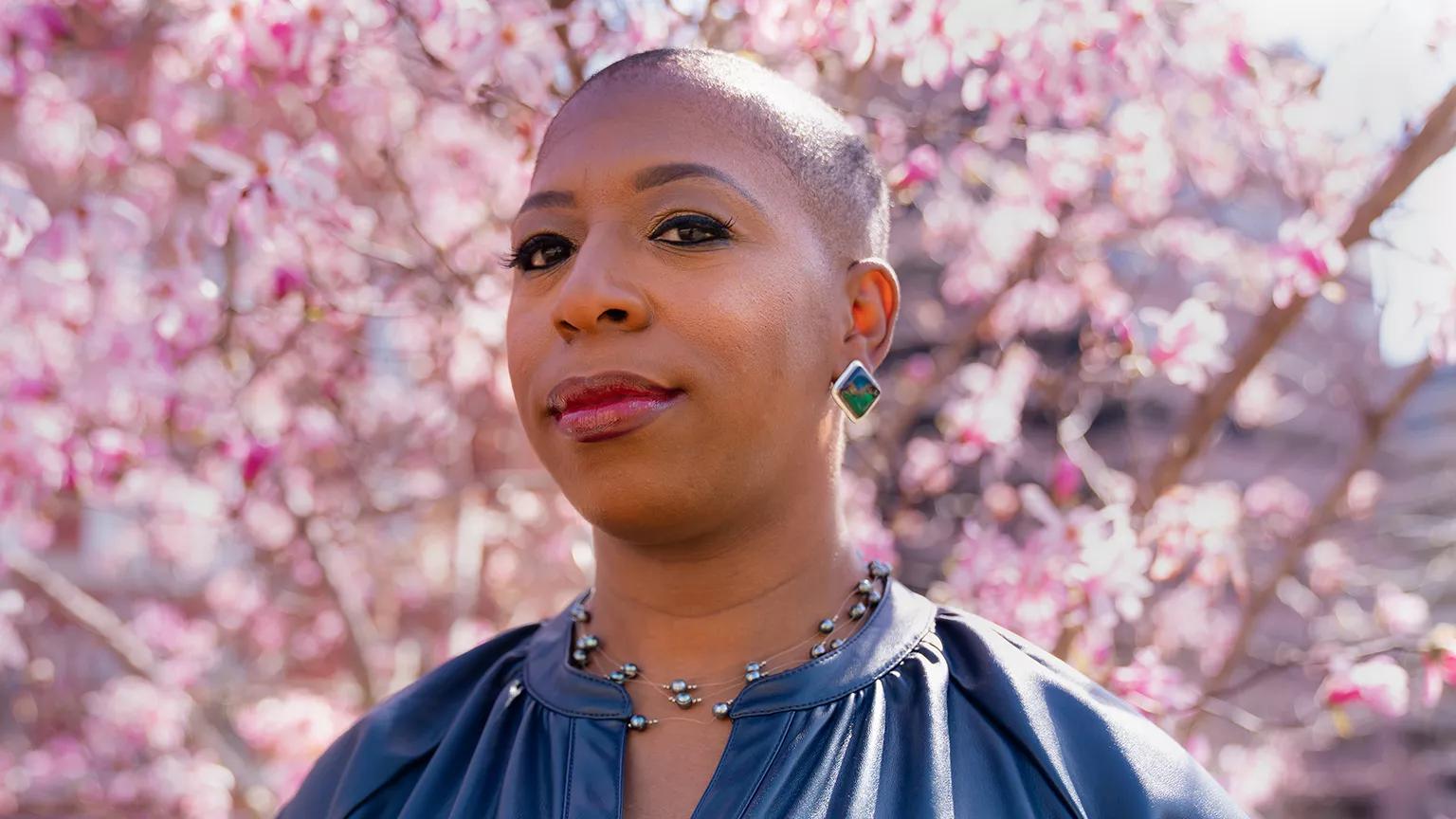
Dr. Ticora Jones, NRDC chief science officer
Dee Dwyer for NRDC
Science isn’t just for the folks in white lab coats. For Dr. Ticora V. Jones, the new head of NRDC’s growing Science Office, it’s for anyone willing to stay observant and curious about the world around them.
She certainly always has been. What began with a childhood chemistry set and a love for the natural world grew into decades of formal training, first at the Massachusetts Institute of Technology and later at the University of Massachusetts Amherst, where she got her doctorate in polymer science and engineering. Jones then took that training to the policy world. She started as a fellow on the Hill with Wisconsin senator Russ Feingold and then for the U.S. Agency for International Development (USAID), a government agency that works to eradicate poverty and support democratic societies abroad. She eventually worked her way up to become the agency’s chief scientist. She says USAID work felt a bit like chemistry, too, though “more about complex environments and systems than physical molecules.”
Now, Jones brings her decades of scientific, policy, and partnership-building experience to the NRDC Science Office, where she hopes to deepen the scientific foundations of the organization’s advocacy and its relationships with the science and innovation community at large. We talked with Jones about her new role, her desire to make science more accessible for everyone, and how it can be used to build a more equitable world.
What first drew you to science and put you on a path to an organization like NRDC?
I was a curious kid. Both my parents are science and math people. I actually have pictures of my mother doing calculus at a chalkboard when she was in high school, with my dad looking adoringly behind her. My dad bought me a chemistry set when I was 10, and I was in love. There was also this appreciation for the natural environment. When you grow up in a place like Colorado, like I did, with those purple mountains majesty, those golden aspen trees, it’s just there. So I was interested in science, I was good at it, and I was encouraged to pursue it. I started doing summer research at different labs when I was in high school in North Carolina. Having that kind of early exposure and encouragement absolutely matters.
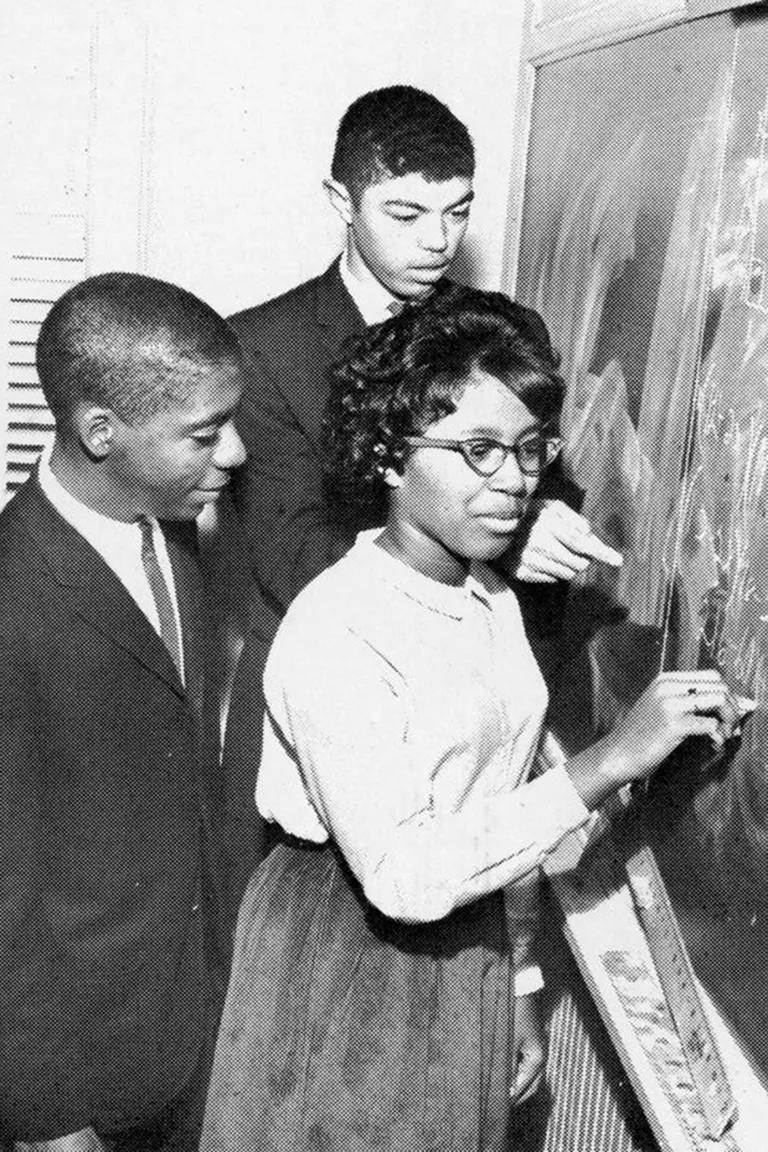
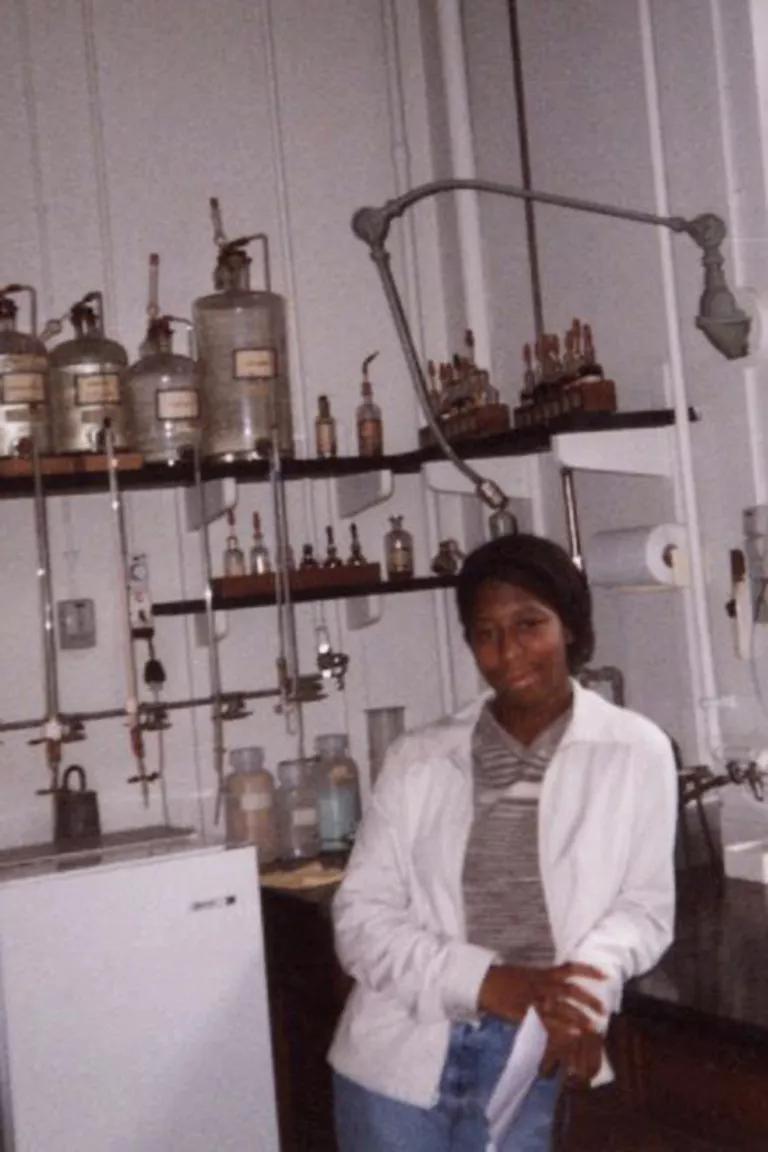
From left: Dr. Jones’ mother doing calculus at a chalkboard in high school with Dr. Jones’s father next to her (left); Dr. Jones in the science lab at her high school
Courtesy of Dr. Ticora Jones
; 2)Courtesy of Dr. Ticora Jones
The other thing was that September 11 happened during my first week of graduate school. Between that and having taught middle school for the year before, I changed my mind about how I could best bring my scientific training to fundamentally different places. It was an opportunity to step back and look at how I could show up, not just in terms of STEM but in terms of the broader global society. That led me into the policy space. The question for me has always been how I can be of service and engaged in ways that help everyone. That’s how I became who I am.
How did your former role at USAID prepare you for this new one?
My role as chief scientist at USAID was not to be the lone voice on science. It was to find ways to support all the wonderful expertise spread out across the agency. And the work at USAID was incredibly diverse. We had people working at the intersection of food and water. We had people working to improve education. We looked at the opportunities and challenges for public health and global health. While I was there, we actually renewed a memorandum of understanding with NASA. One might think, what does space have to do with international development? Well, observing Earth gives us data that help us understand how crises are evolving—like how forests are changing, how drought is affecting a famine. Monitoring disasters from above can aid us in mitigating them, and that ability to go from very high to very low is necessary in the world we’re living in. So I helped find tools to translate bird’s-eye views to on-the-ground analysis and action. That’s what I look forward to being able to do with the complex issues we take on at NRDC too.
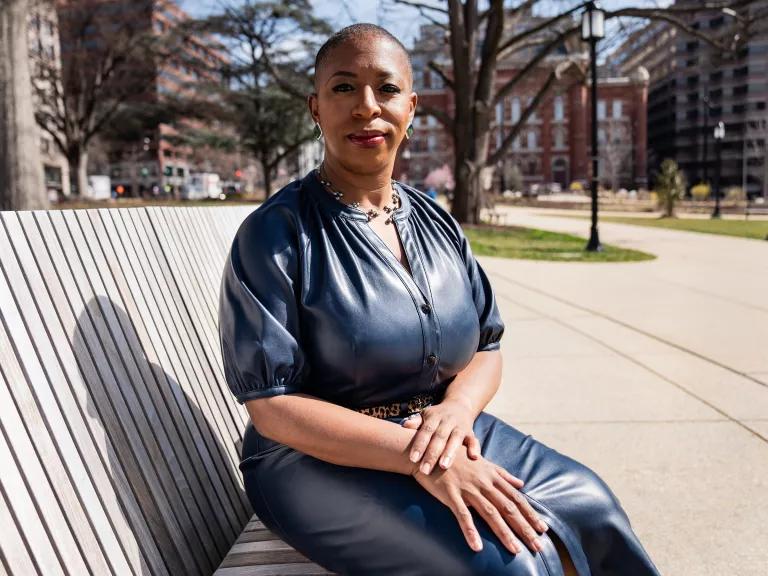
Dr. Jones in Franklin Park, Washington, D.C.
Dee Dwyer for NRDC
What about NRDC’s Science Office excites you the most?
I’m excited to support NRDC’s scientists. I think it’s important that our scientists have the tools and the community that they need, which includes people to help translate what science tells us to policymakers and the broader public, in ways that encourage action. It also means supporting peer reviews inside the organization to facilitate the integration of grounded evidence in our advocacy and policy positions that will help NRDC as we evolve. I’m excited about initiating creative partnerships that foster new connections to emerging disciplines and offer a view into the future and how we can meet those opportunities and challenges. In terms of policy analysis, I’m eager to discuss the impacts of proposed legislation, as well as rules and regulations that we’re backing as an organization, in very real terms. We want to find ways to visualize proposed changes and existing inequities so that we can talk about and advocate for the best ways to create change going forward.
How else do you see your work helping to advance equity?
I’m looking forward to expanding our thinking on how to construct the future—and in a way that doesn’t overburden under-resourced communities who have traditionally been overlooked in many of these conversations. That’s part of the analysis work of the office that I’m privileged to lead. How are we visualizing new futures based on what’s come out in legislation such as the Inflation Reduction Act? How are we implementing new energy sources 10 or 15 years down the road? How could community-driven research and science inform local approaches? The world is changing on us. How do we figure out how to integrate that change so that we build a world that’s better, and more equitable, than the one we started with?
We are living in a political and cultural landscape where ideologies are waging a war on facts. How do we not only ensure we elevate science but also encourage people to trust it?
It’s about meeting people where they are. We want to integrate the scientific process into the stories we tell. How can we make these topics real for you? How do we get people back in touch with the natural world, so that they can better conceptualize biodiversity? How do we talk about creating a clean energy future so that it’s about the jobs that people can have? I’m interested in helping people find ways to more tangibly understand the world and the changes we’re all experiencing. There’s an opportunity to get people involved as citizen scientists too. They’re living in the world, observing it on a day-to-day basis. How much snow are we getting? What do the flora and fauna in your backyard look like? How have they changed over your lifetime? The relationships we forge through these shared stories and experiences help us build a broader, more involved scientific community, one that isn’t just made up of people with PhDs.
This NRDC.org story is available for online republication by news media outlets or nonprofits under these conditions: The writer(s) must be credited with a byline; you must note prominently that the story was originally published by NRDC.org and link to the original; the story cannot be edited (beyond simple things such as grammar); you can’t resell the story in any form or grant republishing rights to other outlets; you can’t republish our material wholesale or automatically—you need to select stories individually; you can’t republish the photos or graphics on our site without specific permission; you should drop us a note to let us know when you’ve used one of our stories.


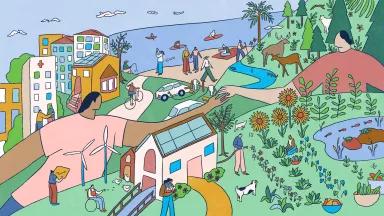
How to Make an Effective Public Comment
What Are the Effects of Climate Change?
Mutual Aid and Disaster Justice: “We Keep Us Safe”